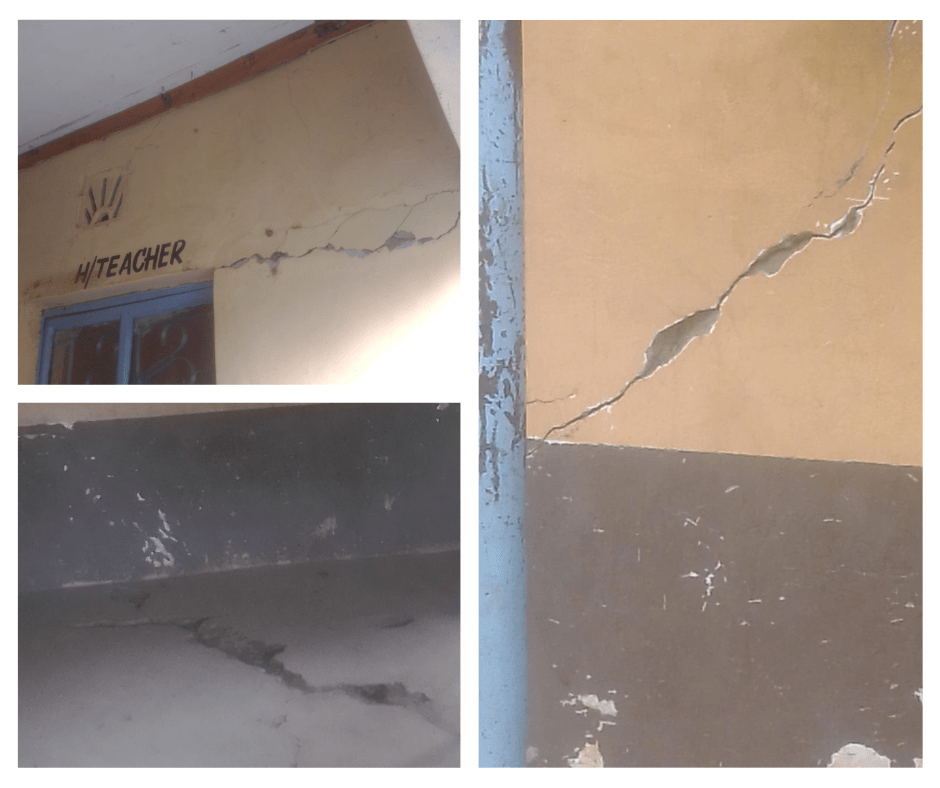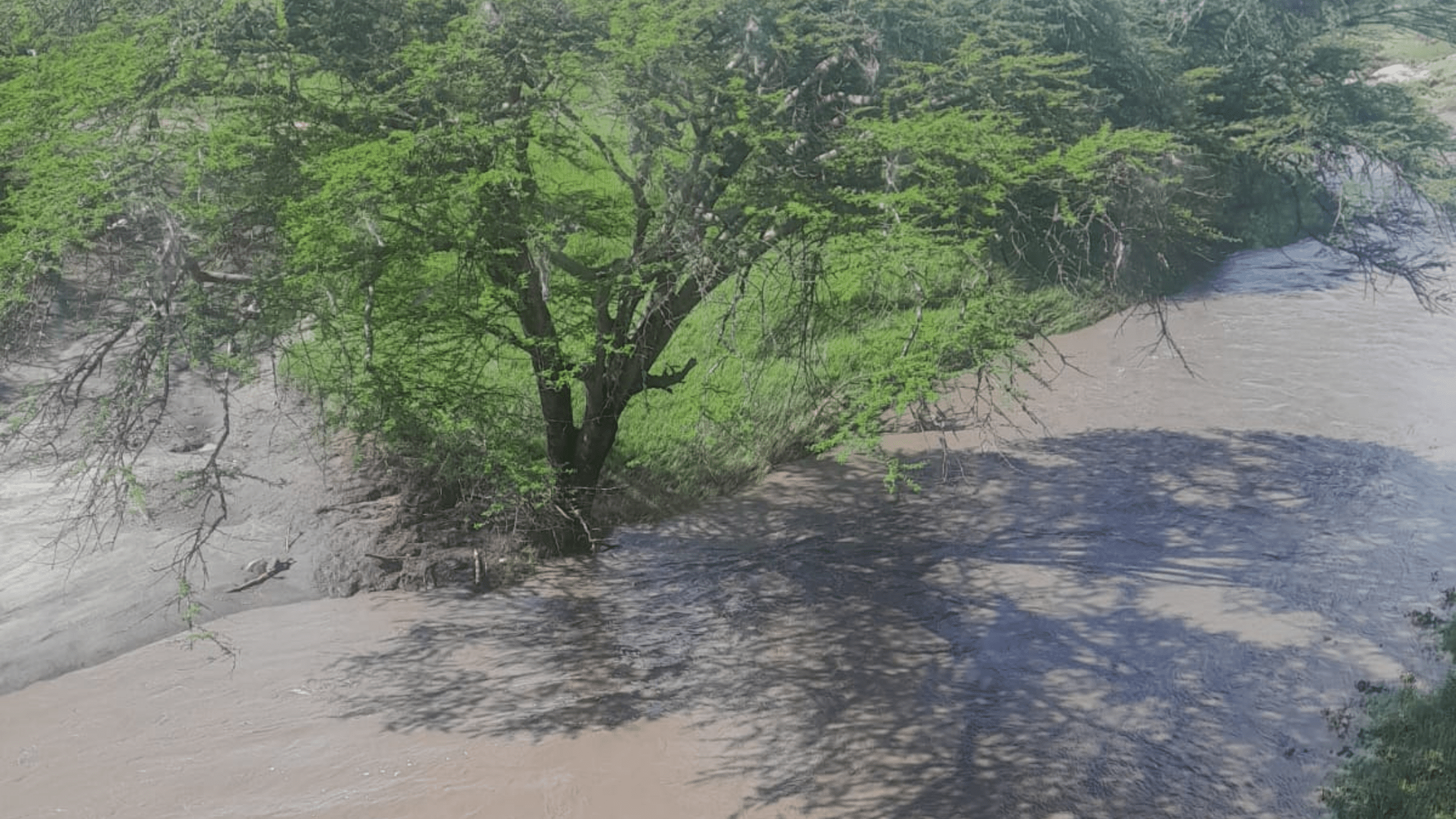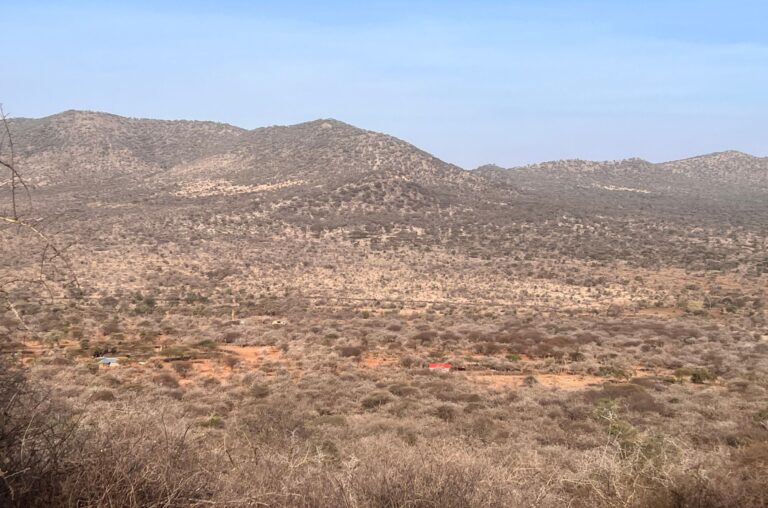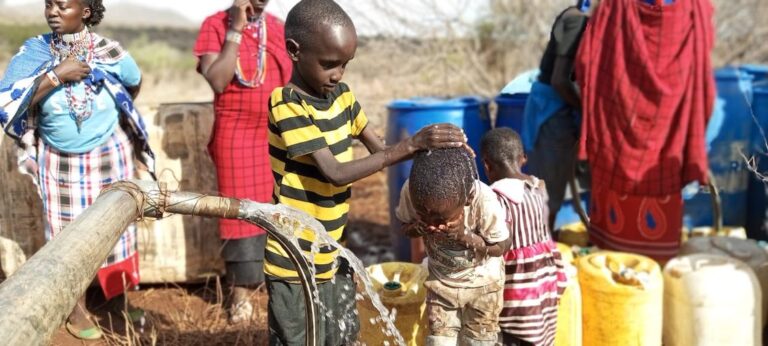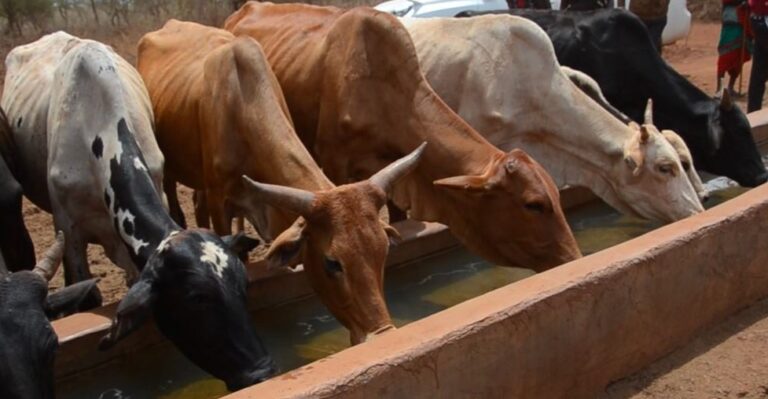We went three years without rain in Kajiado County. Now, it seems like we’re getting three years’ worth of rain all at once. And, while we’ve wanted and needed this rain, current downpours have been too much to handle. A river within the Maasai Mara flooded tourist accommodations, and helicopters were used to evacuate almost 100 people. In rural areas, people are stranded because roads can’t support rescue vehicles. Schools remain closed. Since March, more than 200 people have died.
There are both immediate and future repercussions from this overabundance of rain hitting Kenya. Let’s look at what’s happening in and around Kajaido County now as well as at what likely will happen next.
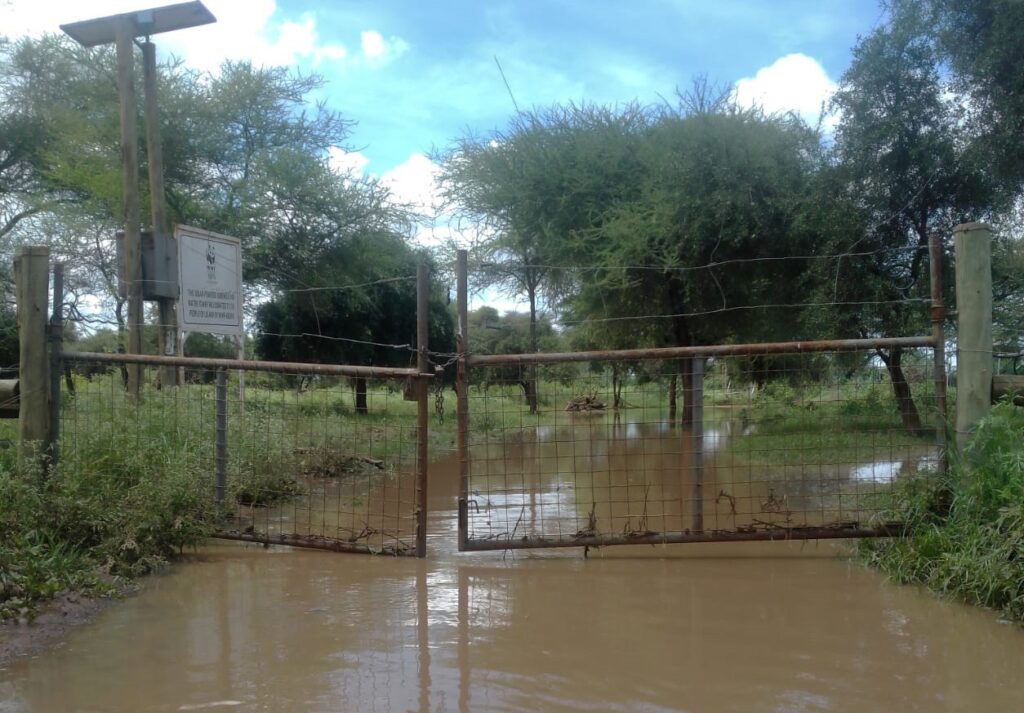
Water, Water Everywhere
Kenyans have seen record rainfall during the 2024 rainy season. Heavy rains, exacerbated by the Indian Ocean Dipole, are causing dangerous flood conditions along western Kenya. In Kajaido County, some roads are impassable. So far, over 200,000 people have been displaced because of flooding caused by constant rain.
But flooding is only the most obvious result of this severe weather. Landslides (or mudslides) and soil erosion also occur because the now-saturated soil can’t absorb the deluge. Last month, a landslide killed more than 40 people in Mai Mahiu, Naruku County (north of Kajiado County). And, at about this time last year, heavy rains during the rainy season caused similar environmental challenges.
For Water is Life Kenya (WILK) specifically, work is on hold. We can’t complete the borehole installation in Lositeti until the rains stop. Because our Livestock as a Business (LAB) and Hope for Widows programs meet outdoors, we have to wait for the weather to clear before we can train more people. Basically, everything is on pause while the rain falls.
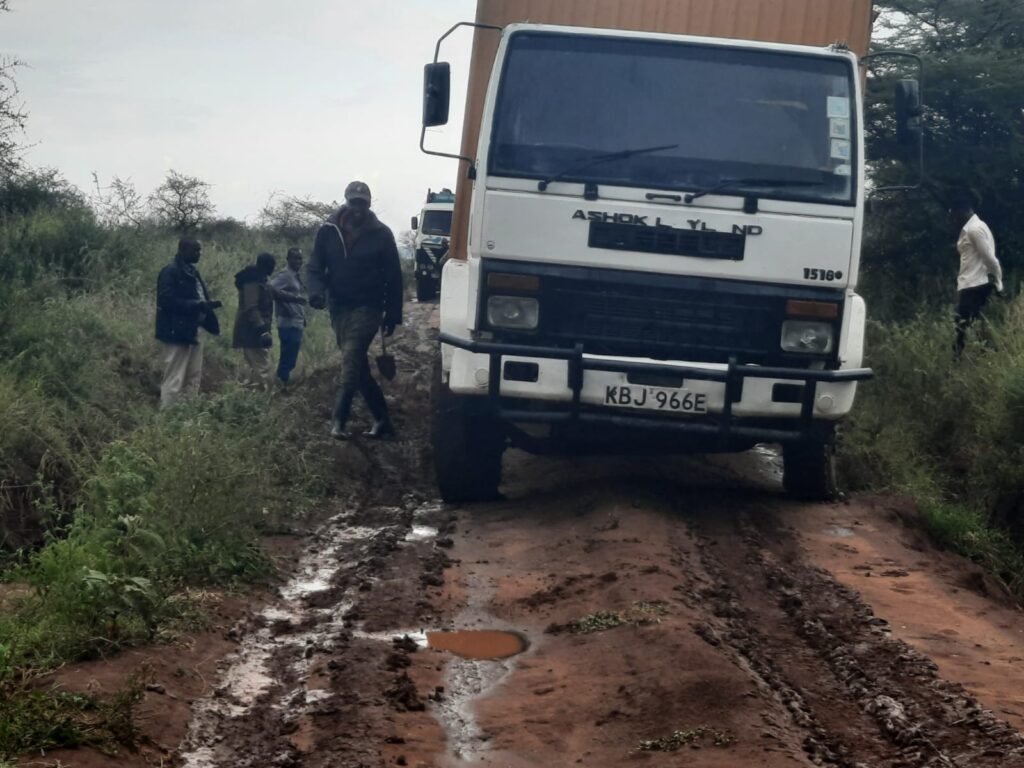
When It Rains, It Pours
The floods are a problem now, and they’ll cause additional problems in the future. Land degradation is the most dangerous result: fertile soil washes away in the floodwaters and, when the rain finally stops, the land creates huge cracks and ravines get bigger. Flooding, then, will exacerbate desertification as much as drought.
Animals, too, suffer from changing soil conditions. Our friend Michael Lankoi, who told us about Lositeti’s need for a borehole, lost all of his cows when he was in search of water. They tried to drink from a difficult-to-access ravine after the sediment moved because of last year’s floods. Unfortunately, they couldn’t climb back up out of the ravine, which is where they died.
Nutrients crucial to crop cultivation are also lost, and pollutants settle in the ground. The remaining water from the floods often carries disease, which affects crops, people, and animals. So not only is the potential for food insecurity an issue, the overall health of the region is compromised.
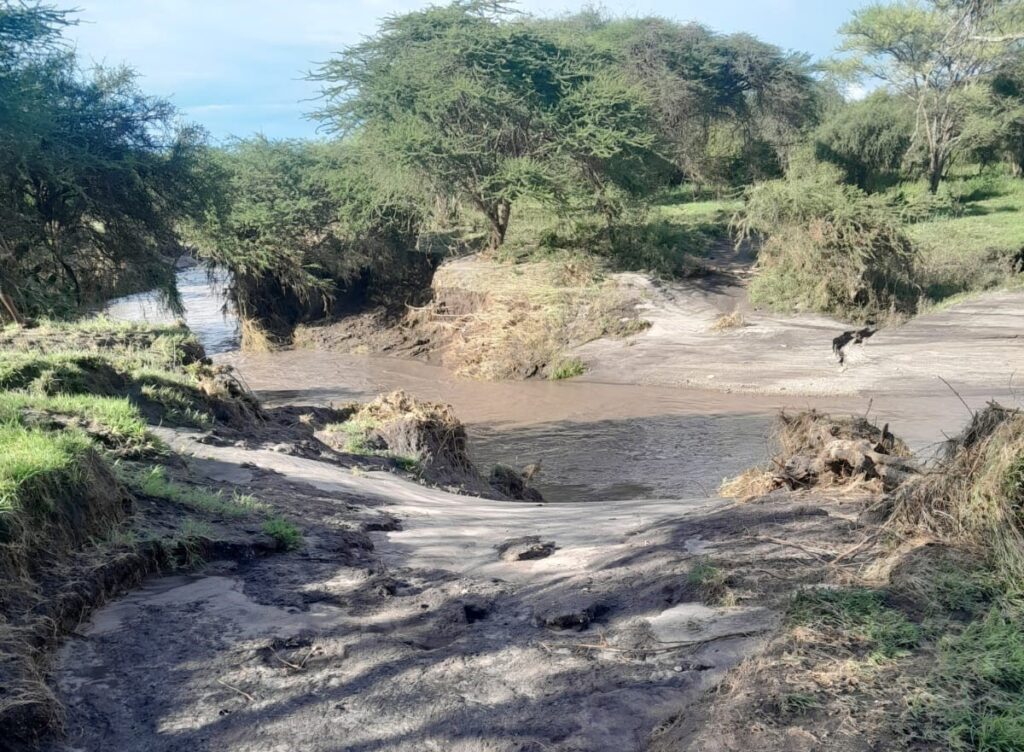
What We Can Do
There’s no way to control the weather, and climate change is causing weather patterns to shift drastically. What we can do, however, is continue to support our communities in Kajiado County. The main way for us to accomplish this is to provide clean, reliable sources of water that both people and animals can use.
It may seem contradictory to talk about water when there’s so much rain falling. But remember that Kajiado County suffered for three years under severe drought conditions. The rain is heavy now, but it won’t last. And when the water dries up, we have to be prepared for the potential of another long drought.
We’ve learned to adapt to unpredictable weather by preparing communities as much as possible. We hope that, with the addition of training our Grazing Management Committees, we’ll find a way to help our friends weather the storm.
